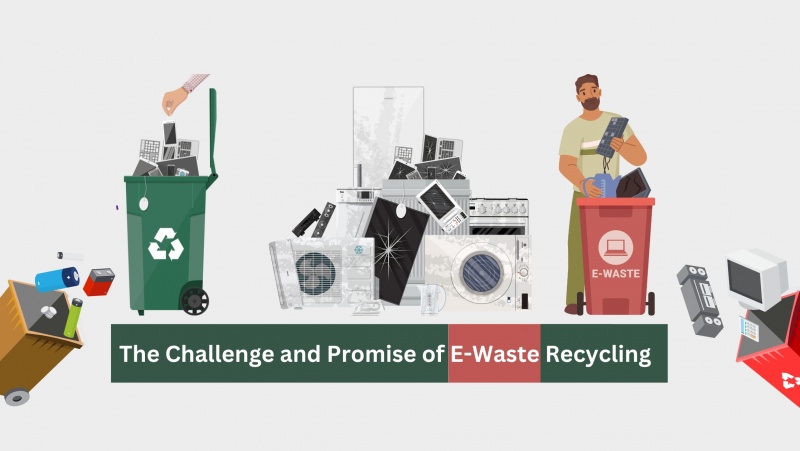What is Nanotechnology and Why is it Used in Gold and Silver Refining?
With dimensions typically between 1 and 100 nanometres, nanotechnology is a branch of science and technology that works with materials and objects at the nanoscale. Unlike their bulk counterparts, materials at this scale have distinctive characteristics and behaviours. In nanotechnology, materials are manipulated and controlled at the atomic and molecular levels to produce new capabilities and uses.
Silver and gold nanoparticles with their high surface-to-volume ratios make them ideal catalysts. The effectiveness of refining operations can be increased by using these nanoparticles, which can speed up chemical reactions. They can be utilized as catalysts in the oxidation, reduction, and purification stages of gold and silver refining.
Exploring the Different Applications of Nanotechnology in Gold and Silver Refining
In the refinement of gold and silver, nanotechnology is used in many ways.
- Catalysts made of nanoparticles: silver and gold nanoparticles are used in refining operations as catalysts. For example, gold nanoparticles can function as catalysts in the oxidation of contaminants, helping to remove them from the matrix of precious metals.
- Nanoscale Adsorbents: Gold and silver ions can be selectively adsorbed from complicated mixtures using nanomaterials like functionalized nanoparticles or nanocomposites. Adsorbents that selectively collect gold and silver ions include nano porous materials or nanofibers with specific characteristics.
- Nano sensors: With the help of nano sensors, the refining conditions may be precisely controlled in real-time. They make it possible to measure metal concentrations accurately.
- Nanostructured Electrodes: Electrode performance is improved by nanomaterials with characteristics, such as increased surface area or altered surface chemistry. Due to these factors, electrolysis is more effective, less energy is used, and the results of refining are better.
- Nanocoating and Surface Modifications: Nanotechnology makes it possible to create cutting-edge coatings and surface changes for refining equipment. Equipment’s total efficiency and cost-effectiveness are increased by these coatings, which also increase the equipment’s operating lifespan.
- Leaching with Nanofluids: By suspending nanoparticles in a liquid media, nanofluids can speed up mass transfer rates and increase the effectiveness of metal extraction.
There is a chance that the refining sector will experience additional improvements and breakthroughs as a result of ongoing research and development in this area.






